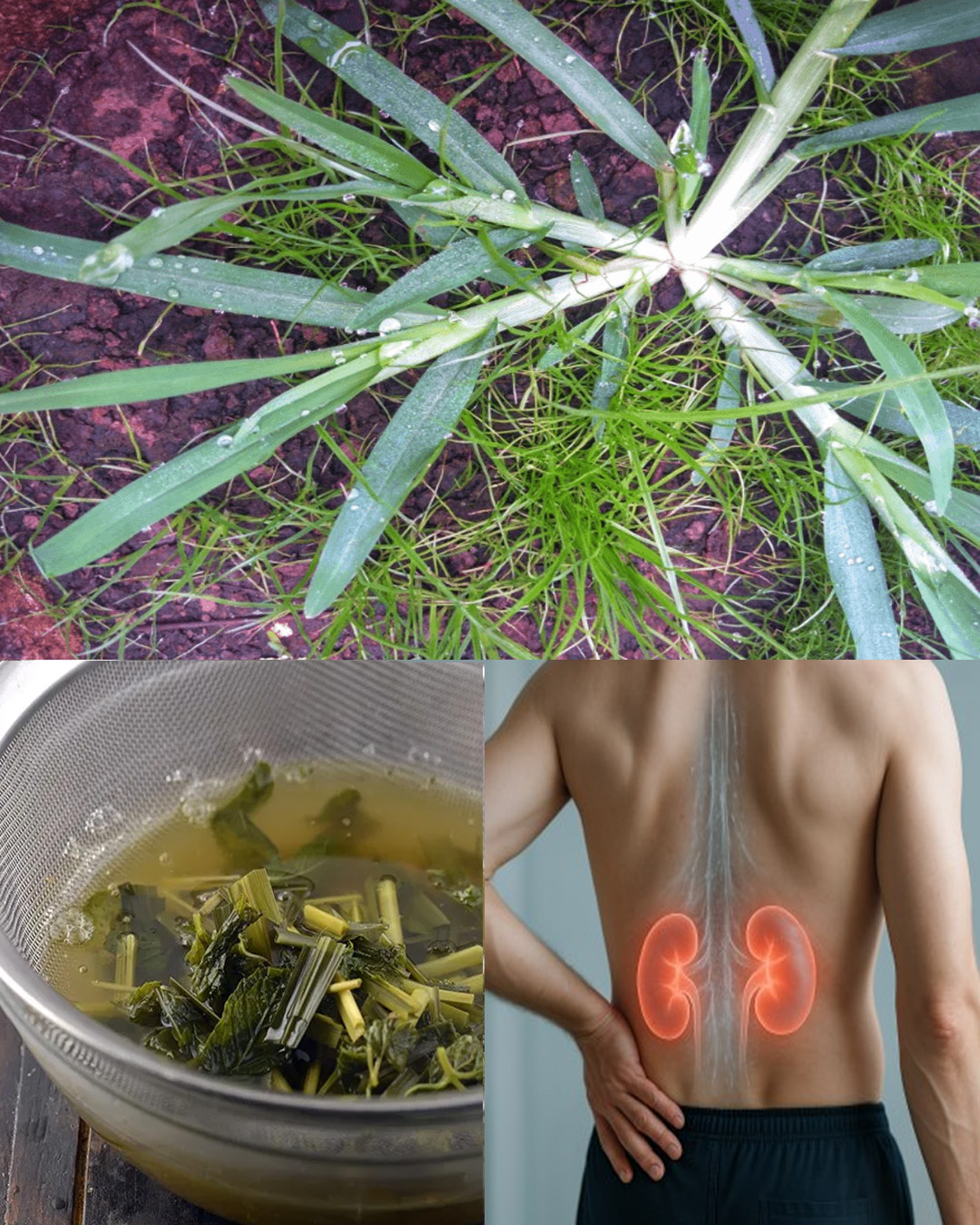🌿 What if a simple roadside plant held the secret to easing pain, calming the nerves, and improving sleep—all without synthetic drugs or prescriptions?
Meet Lactuca virosa, better known as wild lettuce or “opium lettuce.” While it doesn’t contain any real opiates, its milky white sap—called lactucarium—has been revered for centuries as a gentle, plant-based remedy for discomfort and restlessness. Now, as more people turn to natural solutions for everyday ailments, wild lettuce sap is stepping into the spotlight.
Whether you’re curious about its benefits or ready to harvest your own, this guide walks you through the safe collection, common uses, and key precautions of wild lettuce sap.

🌱 What Makes Wild Lettuce Sap So Special?
Inside the tall stems and jagged leaves of this unassuming plant lies a powerful natural compound. Lactucarium, the sap released when the plant is cut or broken, has mild sedative and analgesic properties. Traditionally used by herbalists for pain, sleep, and stress, it’s gaining attention once again in the world of natural wellness.
While it doesn’t produce a “high,” its calming effects are real—and for many, that’s exactly the point.
🔍 How to Identify and Harvest Wild Lettuce Sap
If you’re thinking of collecting your own sap, it starts with proper identification and a bit of patience.
🌾 1. Spotting the Right Plant
- Wild lettuce thrives in open fields, meadows, and disturbed soils
- Look for tall stalks (up to 6 feet) with serrated, spiky leaves that are blue-green in color
- Break a stem gently—if a white milky sap appears, you’ve found the right one
🔪 2. Collecting the Sap
- Choose mature plants; they yield more sap
- Use a clean, sharp knife to make a cut near the base of the stem
- Allow the sap to ooze out and gently scrape it into a clean container or glass surface
- Make small cuts higher up the plant to encourage more sap flow
- Let the collected sap dry into a sticky, brownish resin
- Store in an airtight container away from light and moisture
✨ This process is best done during the warmer months when sap production is highest
🌿 The Traditional Benefits of Wild Lettuce Sap
Across generations, wild lettuce sap has been known for its ability to support calm, manage discomfort, and aid rest. Here are some of the most recognized benefits:
🌙 1. Natural Pain Relief
The primary use of lactucarium has always been relief from minor aches and discomfort. From sore muscles to headaches, its gentle action helps soothe the body without numbing the senses.
😴 2. Supports Deep Sleep
If you struggle with occasional restlessness or find your mind racing at night, wild lettuce sap’s sedative properties may offer support. Some people use it as a pre-bedtime ritual to unwind naturally.
💆 3. Eases Anxiety and Tension
When life feels overwhelming, the calming nature of wild lettuce may help relax your nerves. Unlike pharmaceutical sedatives, it provides a softer sense of calm without strong aftereffects.
🌬 4. Calms Persistent Coughs
Historically, wild lettuce was used in small doses to suppress coughs and clear the throat. While modern research is limited, traditional accounts suggest it may ease dry, irritating coughs.
🙂 5. Creates a Mild Euphoria
Some users report a subtle sense of uplift or contentment when using wild lettuce sap—a gentle mood boost without stimulation or dependency.
🧪 How to Use Wild Lettuce Sap Safely
There’s no one-size-fits-all method, but the key is to start small, observe your body, and always prioritize safety.
💧 1. As a Tincture
- Mix a small amount of dried sap with vodka or brandy in a glass jar
- Let it sit for 2–4 weeks, shaking occasionally
- Strain and store the liquid in a dropper bottle
- Begin with 1–2 drops diluted in water and adjust gradually
🍵 2. As a Tea (Using Leaves, Not Sap)
- Add 1–2 teaspoons of dried wild lettuce leaves to boiling water
- Steep for 10–15 minutes
- Drink in the evening for calming effects
⚠️ 3. Direct Consumption (Advanced Users Only)
Some experienced herbalists consume a small piece (about the size of a grain of rice) of dried sap dissolved in tea. This method requires caution and is not recommended for beginners due to its potency.
💆 4. Topical Application
For external aches and sore joints, mix dried sap with a carrier oil (such as coconut or olive oil) and massage gently into the area. Do not apply to open wounds or broken skin.
🚨 What You Must Know Before Trying It
While wild lettuce sap is natural, that doesn’t mean it’s risk-free. Here are a few crucial safety tips:
✔️ Start small: Even though it’s plant-based, improper use can lead to dizziness, nausea, or unwanted sedation
✔️ Avoid during pregnancy and breastfeeding
✔️ Not for children
✔️ Speak with a healthcare provider, especially if you’re taking medications or have existing health conditions
✔️ Don’t combine with other sedatives or alcohol
🧘 Final Thoughts: Nature’s Gentle Answer to Everyday Stress
Wild lettuce sap is not a miracle cure—but it’s a beautiful example of how ancient herbal wisdom can support modern well-being. From easing pain to helping you wind down at night, it offers a gentle alternative for those who seek balance through natural means.
It’s easy to overlook plants growing by the roadside. But sometimes, the most unassuming herbs carry centuries of wisdom inside their stems.
Thinking of exploring more herbal solutions? Wild lettuce sap is a fascinating place to start—but remember, the safest wellness journey begins with knowledge and respect.
🌼 Curious to learn more about plant-based remedies that really work? Stay tuned. There’s a whole garden of natural wisdom waiting for you.


